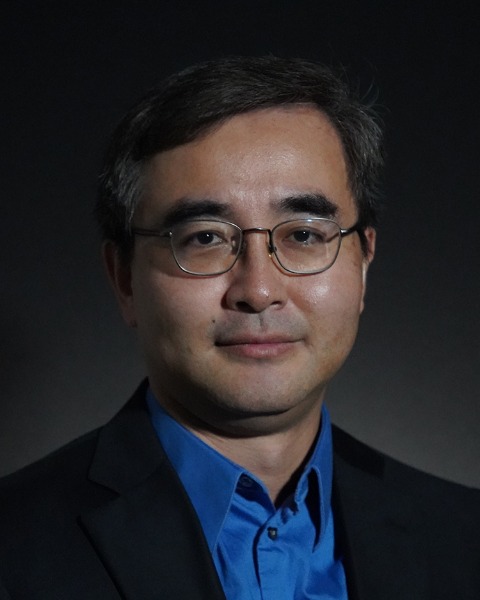Back
On-demand recording will be available 24hrs after the presentation.
Cellular Technologies
Physiologically relevant cellular models in drug development
Label-free imaging and deep learning analysis of patient-derived organoids to study tumor microenvironmental interactions
Tuesday, February 8, 2022
11:00 AM – 11:30 AM
Location: 210A

Seungil Kim, PhD
Staff Scientist and Microscopy Team Manager
Lawrence J. Ellison Institute for Transformative Medicine, California, United States
3D organoids, an in vitro model system that recapitulates physiological conditions in biology, are being considered as a predictive biomarker for drug response in cancer. However, cancer cells interact with a complex stromal microenvironment, including cancer-associated fibroblasts (CAFs), that impact drug response and patient prognosis. To examine how tumor-stromal interactions alter cancer cell survival, growth dynamics and drug effects, we established a tumor organoid-CAF co-culture model in a 3D gel matrix. A small liquid dispenser was used to automate the co-culture seeding process in 96-well plates. To build a faster and dynamic imaging-based drug screening pipeline, we performed the following: (1) label-free confocal imaging using a resonant scanner that scanned 3D organoids 2-3 times faster than conventional galvano scanner, resulting in a significant reduction in image acquisition time, (2) generated a new image analysis workflow with several image pre-processing steps including extended focal imaging, (3) created a macro file to facilitate large-scale batch image analysis, (4) used a deep learning algorithm, U-net, to train convolutional neural networks (NNs) to analyze label-free organoid images with live and dead organoid classifications over multiple timepoints and with drug treatments, and (5) generated drug dose response curves using the NN classifications and compared the results to a traditional cell viability assay, CellTiter-Glo 3D. Quantification of morphological features revealed more cystic shaped organoids when co-cultured with CAFs versus organoid monoculture conditions. The trained NN distinguished live and dead organoids and morphological shifts in organoid-CAF co-cultures with multiple drug treatments. On the contrary, viability readouts from the luminescence-based CellTiter-Glo 3D method were unable to distinguish drug effects on organoids in the organoid-CAF co-culture setting due to the population-based readout. Therefore, our label-free organoid imaging workflow can be implemented for drug screening to expedite the identification of new stromal targeting drugs in cancer therapy.


